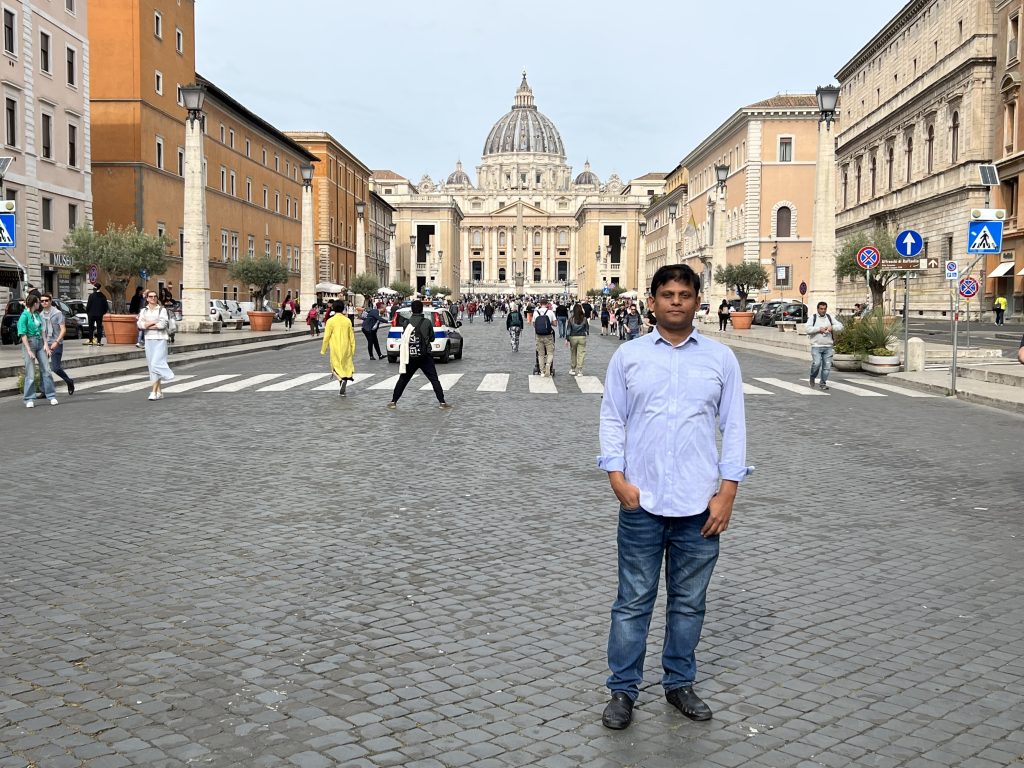You may be thinking of planning a trip to Europe. A trip to Paris, London, or Rome is probably the lifelong dream of any traveler. Every country is like a different heaven. Somewhere there are schools of philosophy, strange museums, somewhere you can see the beginning of civilization, somewhere all the mythology characters live. Interest in traveling to this exotic continent is different for every traveler. Today I am writing about the smallest and most mysterious country in Europe and the world. Yes, you may have guessed right, the small independent country inside Rome, the capital of Italy, is called Vatican City. This well-organized small state is the holiest and prime pilgrimage site for Catholic Christians worldwide, Where the Pope is the supreme authority. The area of this kingdom had been considered sacred since before the introduction of Christianity, and this part of Rome had never been settled or sought to settle. In ancient Rome, on the banks of the Tiber River, on the site of the present Vatican City, was a hill known locally as Montes Vaticani or Mount Vatican. Originally from here, later, the name of this place changed to the Vatican.
Preparation:
The only example of a country existing in a city is the independent country named Vatican City. The city-state of Vatican City does not belong to the European Union but to Schengen. No new visa is required to enter this country. The distance from Roma Termini to Vatican City is about five and a half kilometers, where bus numbers 40 and 64 are usually available for coming and going. Besides, there is also a metro system here. So in the morning, I got fresh and went out after breakfast at the hotel. I bought a bus ticket from a shop near the hotel and then took a ten to fifteen-minute bus ride to Vatican City. Anyway, after getting off the bus, there is an underpass that everyone has to cross to get to the other side because there is no option to cross the road. I am already staying in Vatican City. After getting off the bus, everyone has to walk about five hundred meters to enter the Vatican City. One can come here if he wants to stay all day because the museum has a park to rest and a food court to eat. No one will get bored here, even if you plan to spend a whole day.
Sightseeing:
The world’s smallest country, the Vatican, is mysterious, and no one knows the secret of this country. Rumor has it that a thousand-year-old electromagnetic radiation device or time viewer resides in a secret cell of the Pope’s church. Through which the fathers see the past, present, and future. According to some, this underground vault has 84,000 documents and books. There are copies of the original Bible and letters from the time of Jesus. In these, all the information from the fall of Greece to the crucifixion of Jesus is preserved. So no one is allowed to see them. The Pope is the sole guardian of these things. Ordinary wanderlust tourists are allowed up the boundary wall far from the main church. The building is built on giant pillars topped with numerous statues of Jesus. In between are large open spaces with eye-catching fountains. Across this square is the staircase to the main entrance. Beyond the stairs is the archive building, the exterior of which is accessible to the public. No one has the opportunity to see the giant statue of Jesus Christ made of gold, bronze, or unknown material, and no one can say why not. In Vatican City, the main attractions are Vatican Museum, St. Peter’s Basilica, Sistine Chapel, etc. Right in front of St. Peter’s Basilica is the famous St. Peter’s Square, where major Vatican events are held, including the Pope’s speeches.
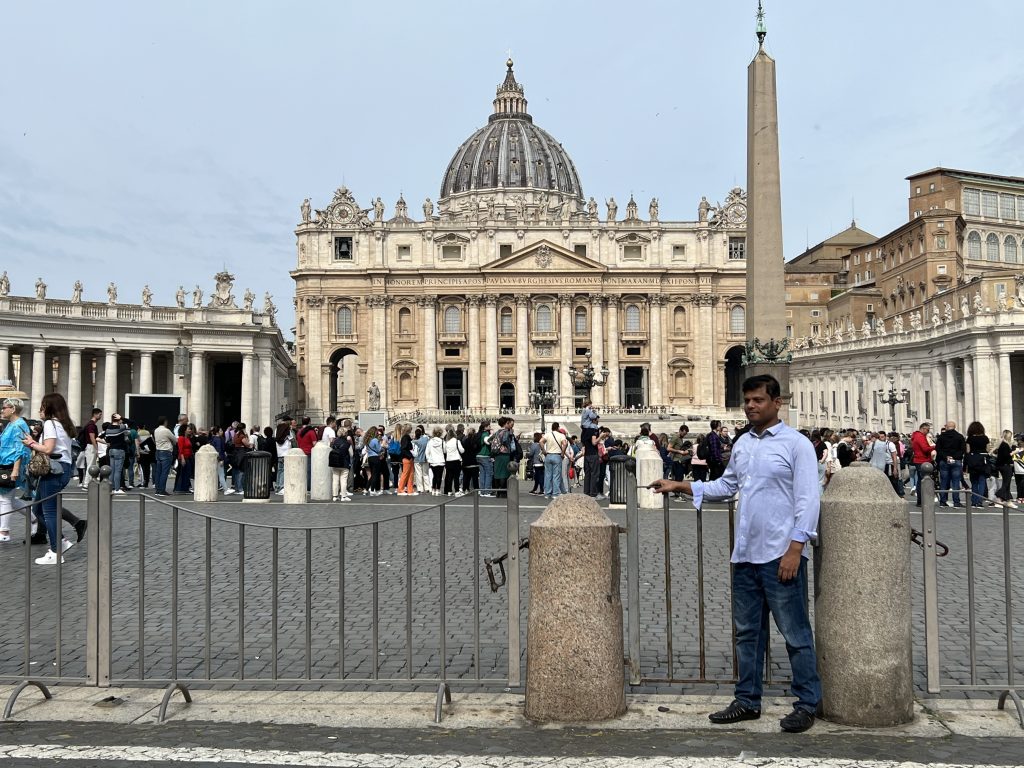
Vatican Museums: The main attraction of the Vatican is the Vatican Museums. On Free Museum Day, everyone has to stand in long lines and maintain serials to enter the Vatican Museums. First, 18 rooms are decorated with significant paintings and sculptures from different periods in the Pinacoteca Gallery of Paintings. From the Roman period to modern Rome, many famous sculptors can see meaningful contexts or characters in pictures of other times. For example, Mother Mary is sitting with baby Jesus in her arms. Finally, several pictures painted by the world-famous artist Raphael are arranged with a little extra respect. For the convenience of visitors, almost all paintings and sculptures have short descriptions written in front of them.
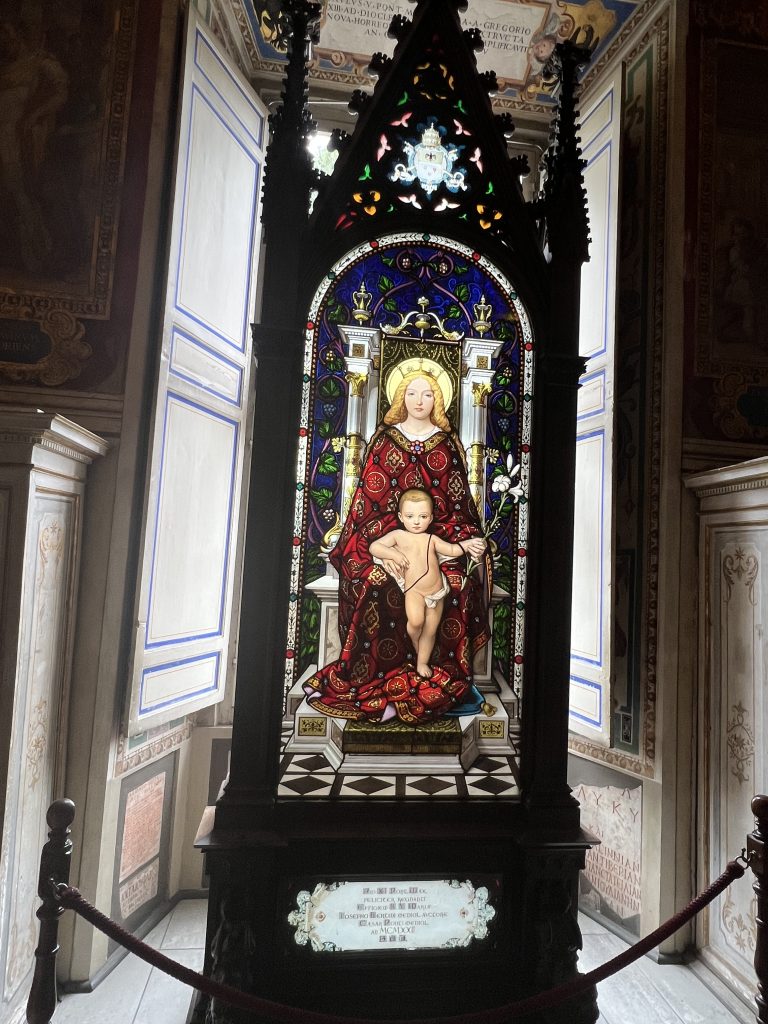
Ahead can be found a Roman bronze pine cone-shaped sculpture called “Pine Cone Courtyard” and another modern bronze globe sculpture. The Popes have created the “Gallery of Statues and Hall of Busts” museum by bringing out countless old sculptures from various Roman archaeological sites, where statues of various historical characters from Roman Gods of different times can be seen. You will also find different items used at different times by the rulers and popes.
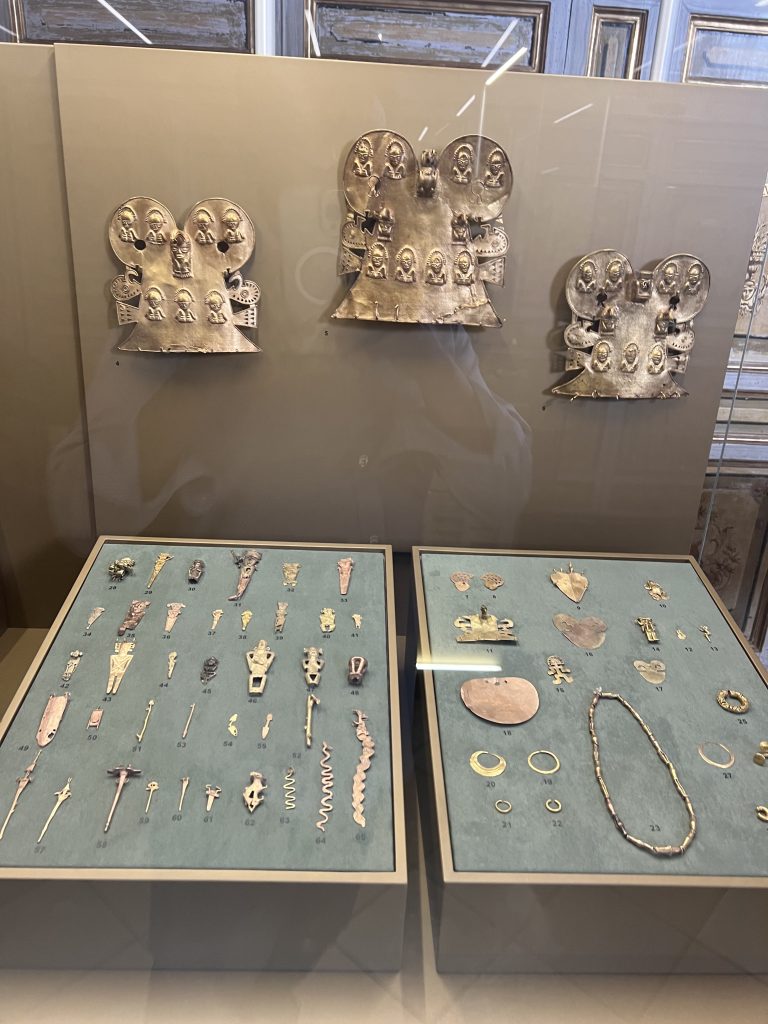
The Room of Animals features sculptures of various monumental Roman and Greek animal characters. Designed like the Pantheon, the room is decorated with domes and sculptures all around by the famous sculptor Michelangelo. There is a significant old fountain in between.
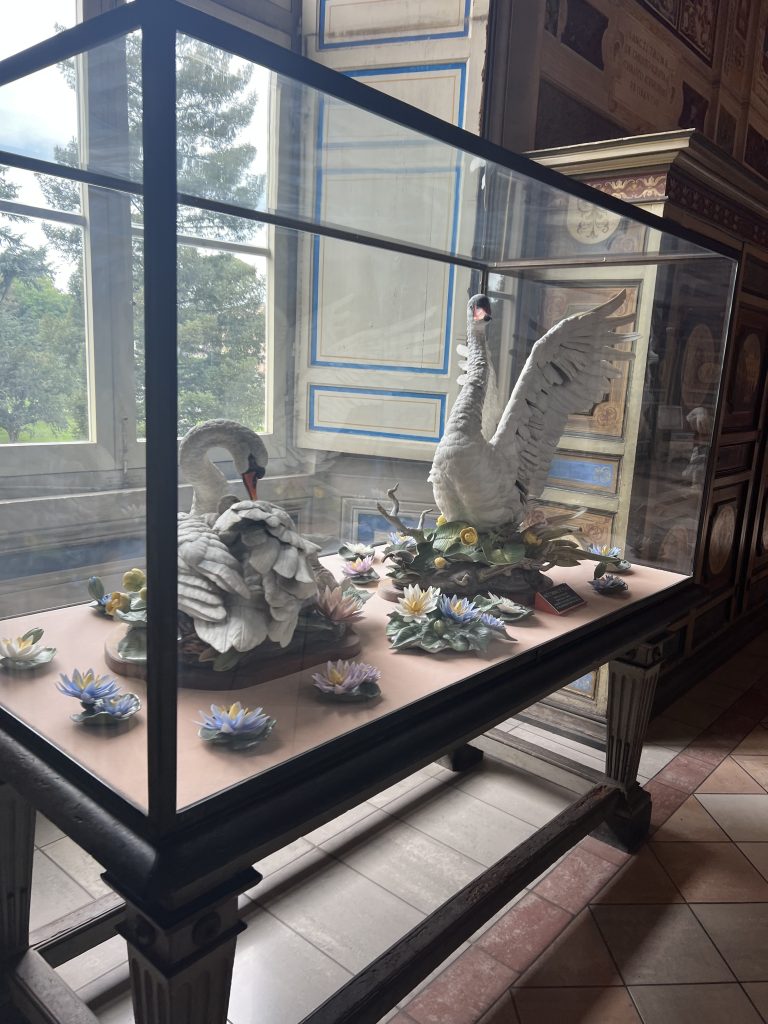
The Gallery of Candelabra features ancient Greek and Roman art, various candlesticks and chandeliers, and an extensive collection of sculptures over the years.
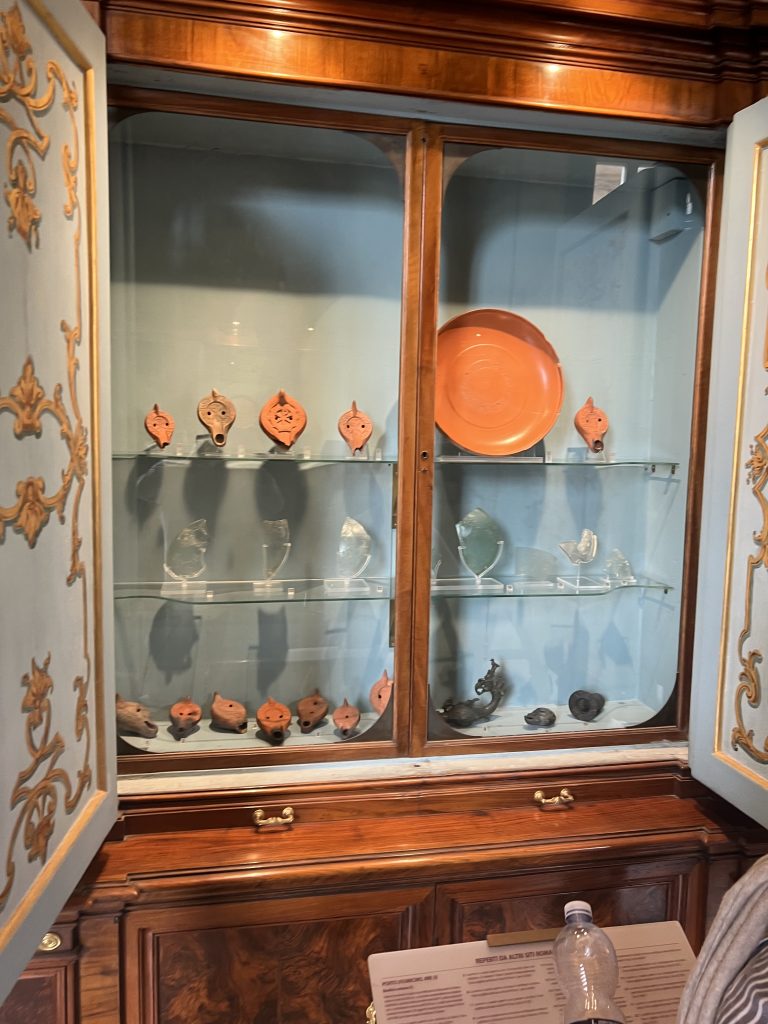
The Gallery of the Tapestries is one of the most important and spectacular rooms in the Vatican Museums. The room can be divided into two parts, with tapestries on one side depicting scenes from the life of Christ and tapestries on the other showing the life of Pope Urban VIII. The scenes from the life were stitched onto models Raphael drew in the Belgian school of a tapestry.
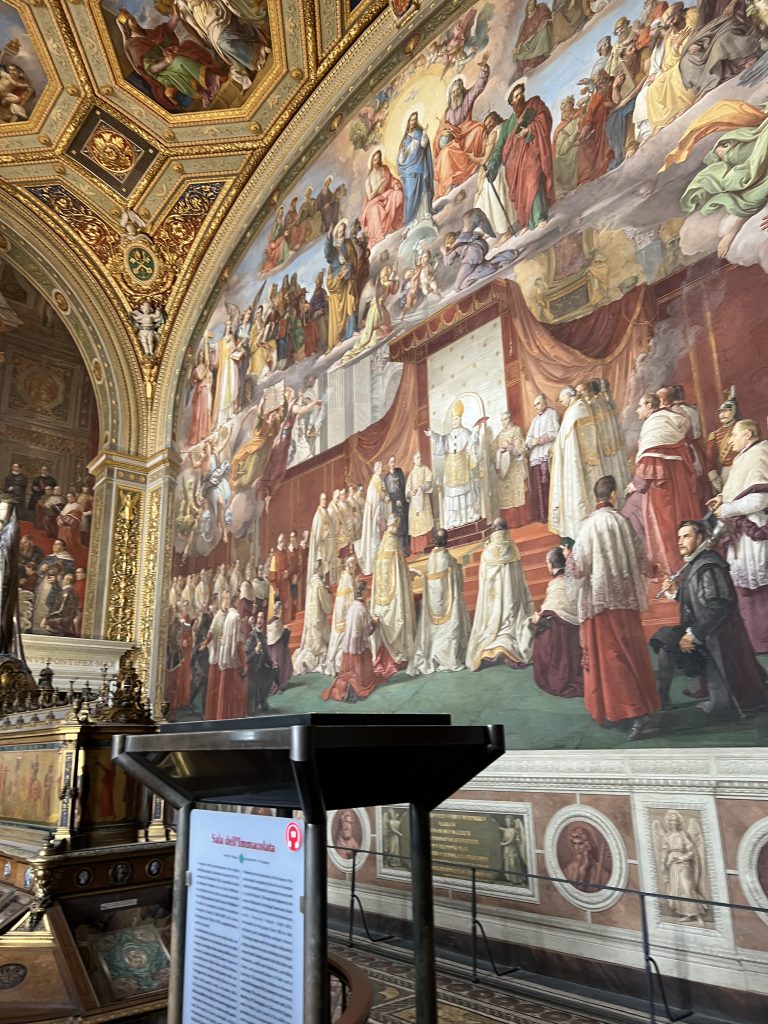
This vast museum has about 70000 paintings, sculptures, and artifacts from different periods of history in 54 galleries which cannot be described briefly.
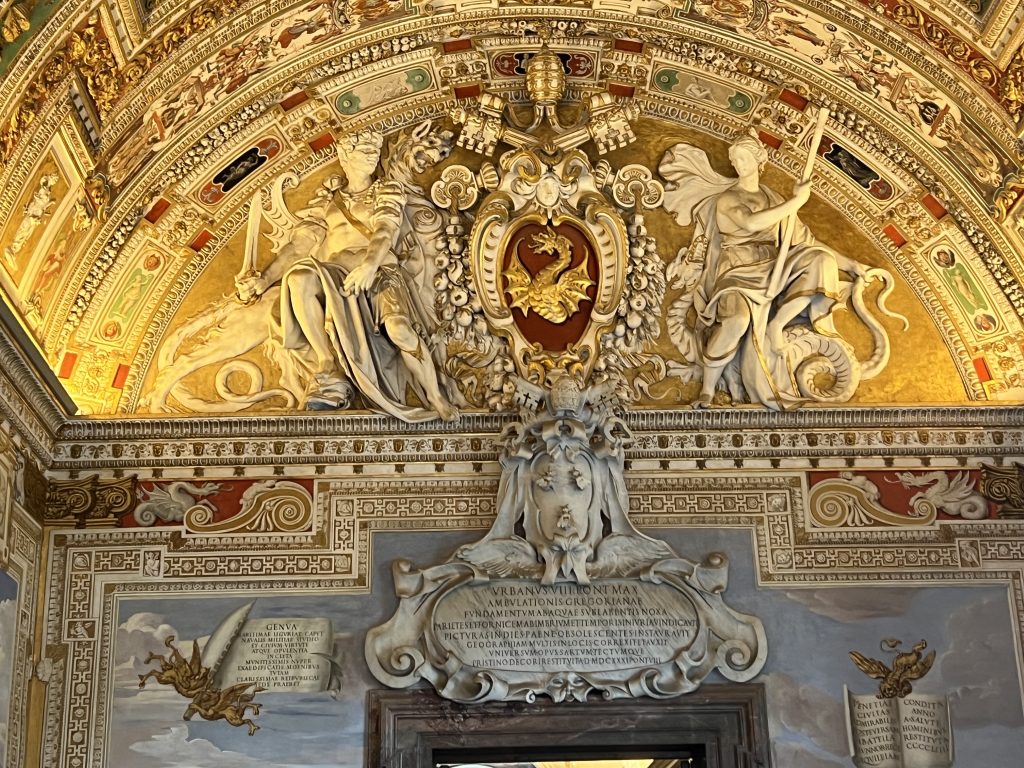
St. Peter’s Basilica: The world’s most prominent and largest church is St. Peter’s Basilica, built almost one hundred and fifty years ago! The church is not just an architecture – a masterpiece of art. A collective creation of a group of world-renowned Renaissance artists, this massive church has a Saint Paul the Apostle statue outside and to the right of the front entrance. Entering the basilica, you will feel tiny under the ornate high ceilings. As you enter the main door, a crucifixion metal relief depicts St. Peter, the great Christ devotee. A few steps away is the statue of Emperor Constantine, and just inside, you will find the famous marble “Pieta” by Dine Michelangelo. Considered an outstanding example of Italian Renaissance sculpture, the Pietà is now encased in bullet-proof glass. During the day, it is usually a bit dark inside the church, but at different times of the day, the sunlight diffuses the inside of the basilica.
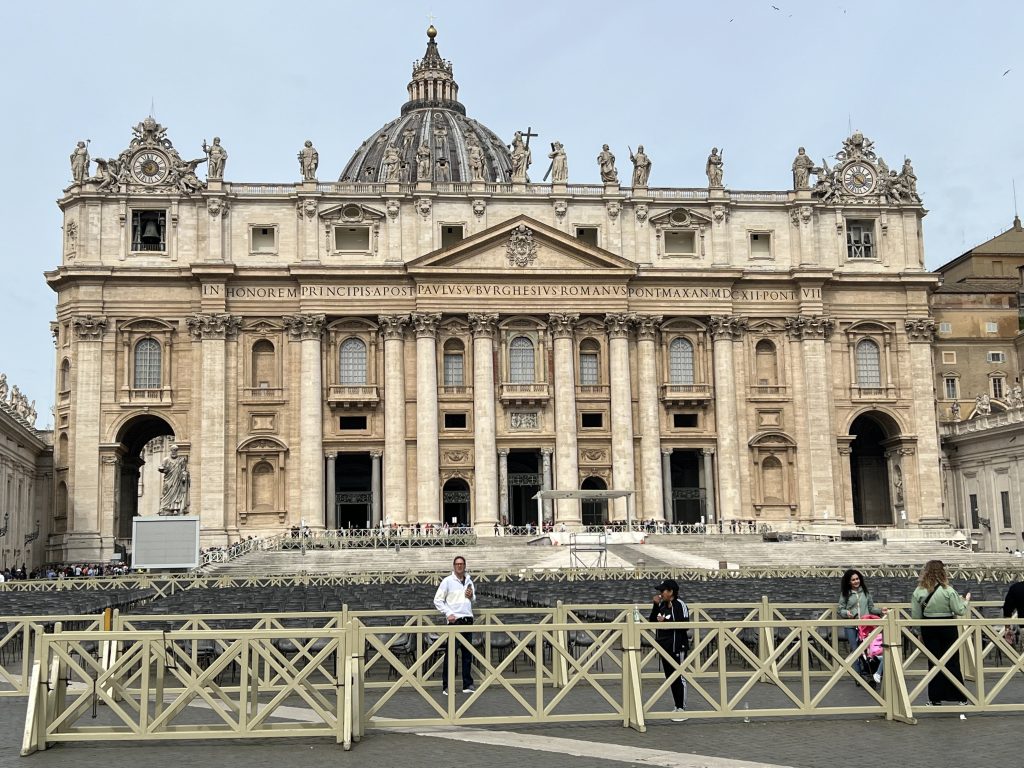
Sistine Chapel: The most famous structure of the Vatican City is the Sistine Chapel. Built-in the 15th century, this Chapel is still significant; the Vatican’s papal election process still occurs in this Chapel. The entire ceiling of the church, painted by the famous sculptor and painter Michelangelo, is one of the world’s most renowned artworks. Michelangelo undertook this work at the invitation of Pope Julius II. He preferred himself as a sculptor and did not consider himself very good at painting. However, with some compulsion, he picked up the paint to paint such a large picture for the first time. Days, weeks, months, and even years passed, and slowly a world-famous painting began to be created! Michelangelo took a full five years to complete the work. He chose the first volume of the Hebrew Bible, ‘The Book of Genesis’ or ‘The Beginning of Creation,’ as the subject of the painting. He painted a total of nine paintings – divided into three sections. The three pictures in the first section describe how the Creator created the Earth, Moon-Sun, Light, and Darkness. The three pictures in the next section tell the immortal story of Adam’s creation by the Creator and his subsequent expulsion from Paradise after eating the forbidden fruit. The last three pictures of the third volume describe the great flood of Prophet Noah (pbuh) and the subsequent life of humankind on earth.
A superhuman epic of about 300 characters, including the Creator, Adam, Eve, angels, Iblis, Prophet Noah, and his family, is painted on this huge ceiling canvas of about 500 square meters. Michelangelo’s name as a painter will forever be written in the pages of history for this monumental and historical work. Even after 500 years, millions of people are rushing from all corners of the world to see the epic, being amazed! The Sistine Chapel’s ceiling is the biggest attraction for many visiting the Vatican. Such superhuman paintings are possible! Finally, a visit to the Sistine Chapel should end the tour of Vatican City because it is almost impossible to forget about it and focus on something else. Today’s part ends here from this beautiful Vatican City; see you in the next part from the famous Venice.
Cost:
Bus tickets to Vatican City can be purchased at various shops. Bus fares are one and a half euros per trip, and a round trip from Roma Termini to Vatican City costs 3 Euros. The Vatican Museums are usually closed to the public on Sundays but are open to the public for a half-day without tickets on the last Sunday of every month. Fortunately, my tour to Vatican City was also on the 30th of April, Sunday. So I didn’t have to book any tickets. However, other days, tickets to the Vatican Museums cost 8 to 17 euros. Direct entry without serials costs an additional 5 euros because there are always at least ten thousand people serial to enter the museum.
Some Essential Tips for Vatican City Tour:
- Everyone must maintain serial and keep patience to enter the museum. Everyone is allowed inside the gate after checking through scanning with bags which takes a lot of time.
- Visiting the Vatican Museums is free on the last Sunday of every month, and the last time for entry is 12.40 pm. So pick the day to get free entry and save a good amount of money.
- After entering the museum, you must visit the one-way system and leave through the exit. However, if one wants to complete the visit quickly, one can skip some middle places by climbing the stairs.
- Photography is prohibited in some places inside the museum, and taking photos in those places may result in fines.
- Vatican City is the holiest place for Catholic Christians. So please don’t do anything that hurts their religious sentiments.
- Please do not spoil the environment by throwing any garbage here and there.

